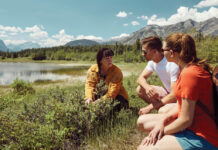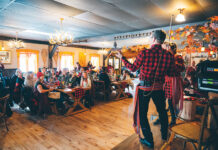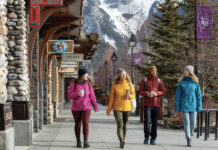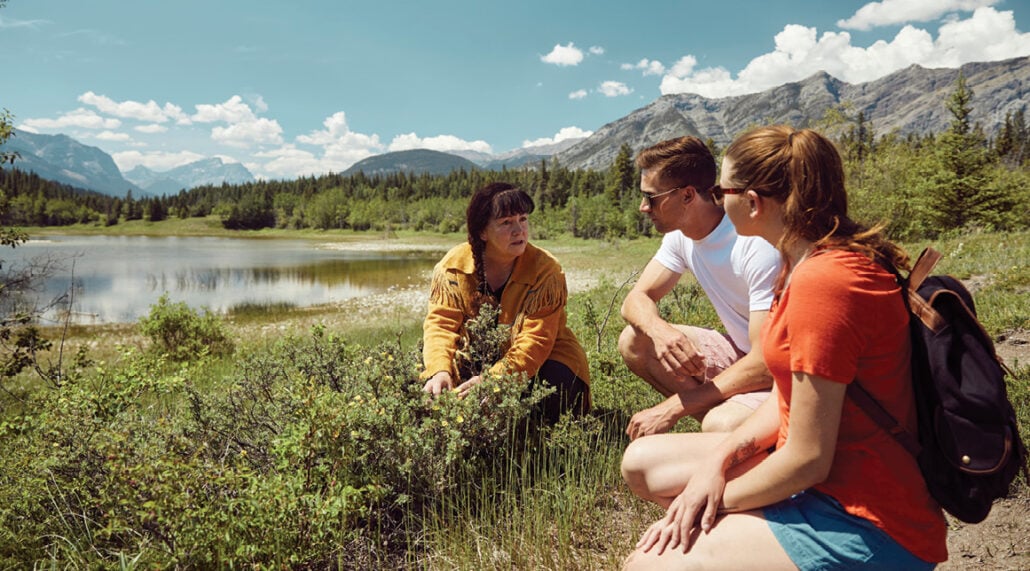
Curate elevated incentives amid Canada’s compelling cultural landscape.
Sweeping across the continent from the Atlantic to the Pacific, Canada’s magnificent panorama of rocky shorelines, rugged wilderness, endless prairies and winter wonderlands has dazzled many a traveler over the years.
Yet the country’s cultural landscape is every bit as compelling as its geographical landscape, and the two combine to create unforgettable experiences for your incentive groups.
Emerging from the pandemic, incentive participants started gravitating toward deeper and more authentic connections in their host destinations, say industry experts, seeking immersive, experiential and community-based encounters focused on learning and discovery.
Whether centered around music, storytelling, art, food or all of the above, attendees today want to be more as well as do more during their visits.
Home to diverse cultures and their attendant experiential activities, Canada is the ideal destination for groups hoping to go beyond entertainment to cultural enlightenment. Following is just a sampling of what is available.
The Indigenous Cree Culture of Alberta
Head west to discover the stunning province of Alberta, home to the majestic Canadian Rockies, which slope down through dense forests and taper off on the endless, open prairie.
Set within Canada’s first national park is the mountain town of the same name, Banff, whose rugged scenery of snowcapped peaks and blue-green lakes sustains traditional winter experiences like skiing as well as unexpected discoveries such as soaking in hot springs, skating and fine dining.
Hiking through Banff’s alpine meadows and forests is a must, but your group won’t go it alone. They will be under the expert direction of an Indigenous guide who can basically point to and identify any plant, tree or bush and tell the group how it can be used for survival, whether to eat, start a fire, or make a cider to treat a cold or flu.
Groups will learn not only how to identify plants for themselves, but how to use them to make simple remedies. It’s a return to ancient knowledge that has survived through the millennia and is still important today, not only to give life but improve its quality.
Such is the purpose of so many cultural encounters in Canada, and we’ve only scratched the surface here. To find out more about the vast number of transformational incentive adventures available in Canada, contact Destination Canada’s Business Events team. They can offer impartial insights and advice to help you personalize your incentive programs and create life-changing moments for your group that will never be forgotten.
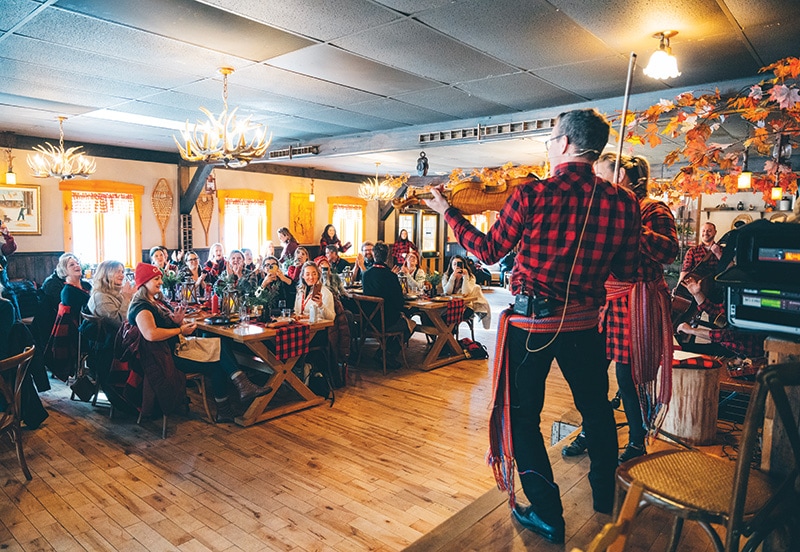
French Canadian Culture
Anchored by the quintessentially French-Canadian cities of Montréal—North America’s largest French-speaking city—and Québec City, a designated UNESCO World Heritage site, the province of Québec spreads beyond the architecture, cuisine and Old World charm of its bustling metropolitan areas. Here, attendees will find some of Canada’s most magnificent natural attractions, including countless lakes and rivers, and spectacular forests ranging from leafy and temperate to arctic tundra.
While incentive groups will no doubt want to explore Québec’s many cultural and natural treasures, there is a sweet activity here that gives them a taste of both—learning how to make maple syrup at a traditional sugar shack during sugaring-off season, which lasts from about late February to early May.
Practiced for generations, this only-in-Canada activity can be enjoyed at sugar shacks across the province. Depending on which shack your group visits, they may arrive by horse-drawn sleigh, participate in the process of turning sap into syrup, try their hand at sawing and axe throwing, and maybe even learn how to play the spoons. A good maple syrup harvest is always a cause for celebration, signaling that natural forces such as moon phases and wind direction have cooperated to produce a healthy yield, so most sugar shack tours end with wine, a maple-infused feast, music, singing and dancing.
It’s a chance for your group to become part of the community while learning about and appreciating a tradition that has stretched across the centuries, from the first Indigenous Peoples who discovered and cooked with maple syrup to the thriving Canada-based industry of today, which delivers nearly 80 percent of the world’s maple syrup. Sucré!
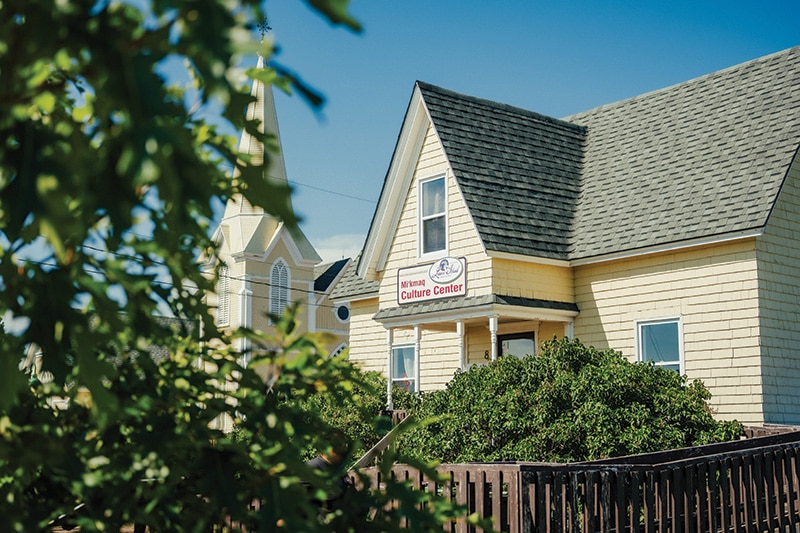
Mi’kmaq Culture in Eastern Canada
Set off the coasts of New Brunswick and Nova Scotia, Prince Edward Island lures sunseekers with pristine beaches and warm Gulf of St. Lawrence waters, while small fishing towns and villages offer historic byways and cobblestone streets, one-of-a-kind shopping and dining, and spectacular waterfront views.
Together with surrounding islands, Prince Edward Island (PEI) is also known as Mi’kma’ki, the traditional Mi’kmaq territory. In the capital city of Charlottetown, groups can stop in at Mi’kmaq Printing & Design whose mission is to bring Indigenous teachings to life through clothing designs promoting traditional culture while also providing employment within the community. Items include shirts and hats featuring meaningful cultural symbols and messages. Groups are invited to learn more about how the Mi’kmaq incorporate their values, worldviews and practices during a workshop offered by the company.
Set in PEI’s Malpeque Bay, Lennox Island provides visitors with the chance to hike breathtaking trails, peruse community-owned shops and connect with the Mi’kmaq by taking part in their quill work as well as weaving their own moose hide drums to take home with them.
Mealtime is sharing time, as your group heads to the beach with members of the community to prepare fresh clams and bannock—traditionally made bread—which is cooked in the sand. As dinner marinates on the beach, teachers and storytellers regale the group with tales of life on Lennox Island, transporting them into the Mi’kmaq world for moments that will stay with them always.
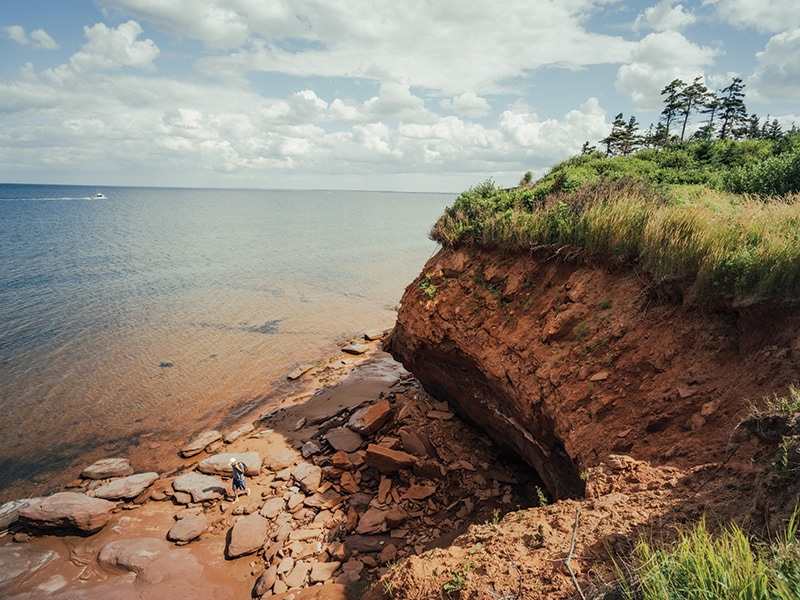
The Maritime Culture of Atlantic Canada
Though modest in size, Prince Edward Island is at the fore of Canada’s fascinating maritime island region—including New Brunswick and Nova Scotia—first inhabited by Indigenous Peoples, then explored by Vikings and settled by both France and England.
Why are so many people drawn to places like Prince Edward Island? Natural, stunning beauty, for one thing, with red cliffs overlooking windswept dunes, picture-perfect coastal bays and salt marshes edged by forests, with rolling hills and a lush landscape dotted by fishing villages and historic towns.
But instead of simply capturing PEI on film, you can put yourself in the picture by joining a ceilidh aboard the Fiddling Fisherman. The event starts as a traditional fishing/lobstering excursion. But the ceilidh also celebrates this vital industry of Maritime Canada with folk music, singing, dancing and storytelling during a “kitchen party” in a local home, an Atlantic Canada tradition signaling the warmth shared by newfound friends.
Not only do you haul your catch aboard, but you also do the steaming and eating, followed by dancing to the music of live fiddling. Group members are encouraged to play along on spoons or show off their best step dancing moves. And when anyone needs a cold drink, leave the ice cubes in their trays because it will be iced by “bergy bits,” iceberg pieces foraged from the freezing waters.
It’s impossible not to join in the fun, and as night falls, so do any barriers between attendees and their hosts.
Looking to learn more?
Contact Jennifer Attersall—Director, Incentive Travel. Business Events, Destination Canada
E: [email protected]
T: +1 403-923-5972
For more information, visit businesseventscanada.ca




